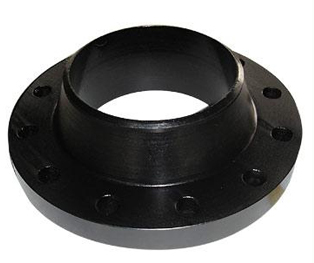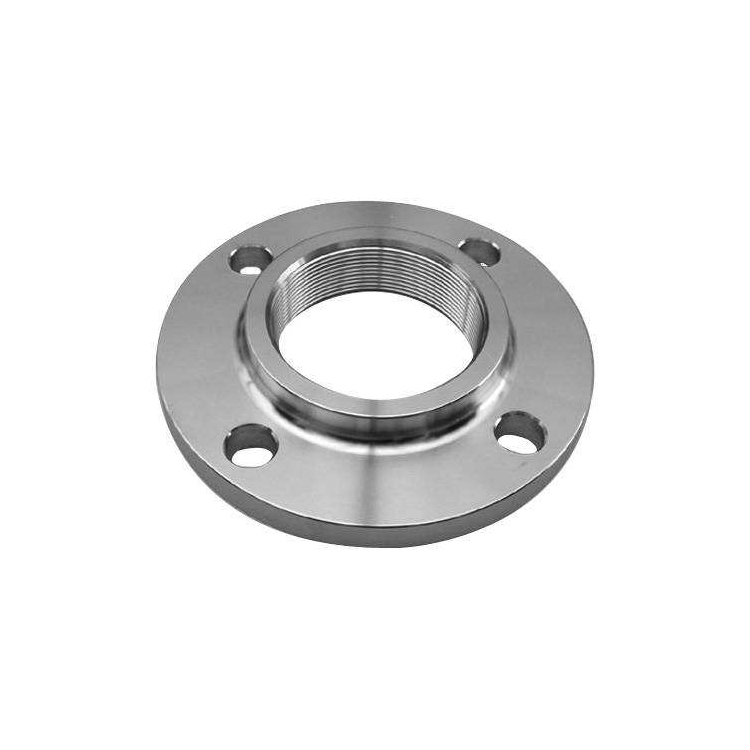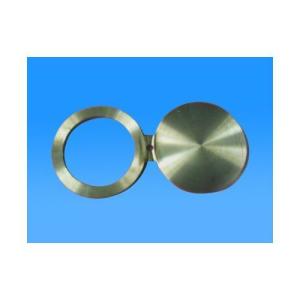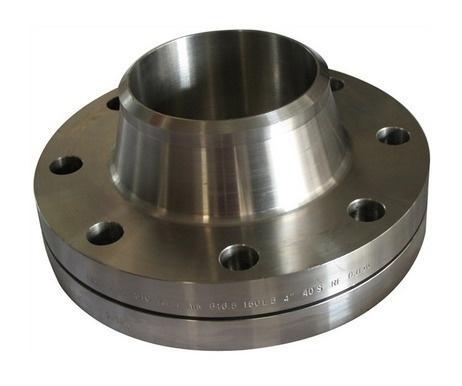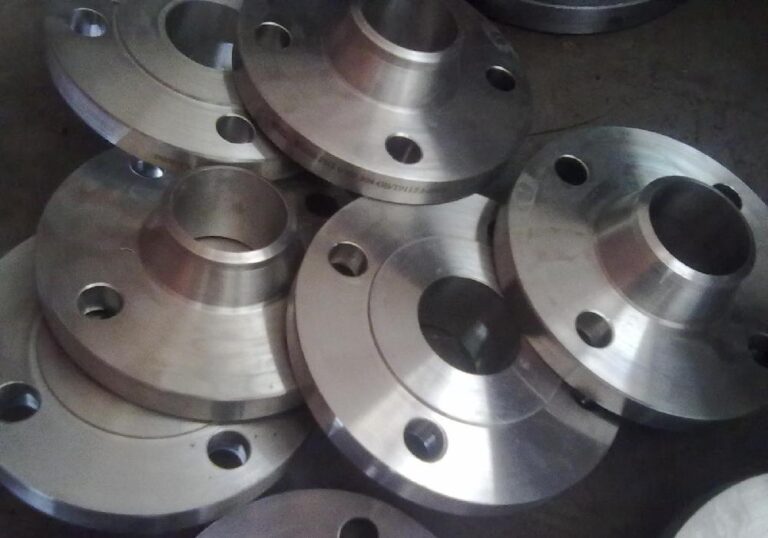Carbon steel flange
Carbon steel flange
What is carbon steel flange?
Carbon steel flange, that is, flange or end flange connector whose body material is carbon steel. The flange containing carbon steel material is called carbon steel flange. Common materials for casting carbon steel WCB, forging A105, or Q235B, A3, 10#, #20 steel, 16 manganese, 45 steel, Q345B and so on.
Usually to prevent rust flange surface electroplating (zinc yellow, white zinc, etc.), or brush anti-rust oil and spray anti-rust paint treatment.
The flange is characterized as tight and reliable because it has two sealing surfaces. The sealing surface of carbon steel flanges uses various types of plastics, all of which have a common characteristic — good sealing, so that they can achieve complete sealing. Because carbon steel flanges in the process of opening will produce a certain amount of friction, so It can be used in certain media, which contain some suspended particles inside.
The American Standard A105 of carbon steel flanges Q41F — 16C and Q41F — 25C has a carbon content of about 0.9%, but its standard is 1.05Max, but the standard rises with the carbon content, up to 1.65%. The carbon content of carbon steel flange with national standard of 16MN is 1.3%, but its standard is 1.2% to 1.6%. If the target is S25C, the carbon content can be below 0.6%.
Carbon steel flange production processes:
Flange production processes include forging, casting, plate rolling, plate cutting and so on.
Among them, the forging price is the highest, the medium plate product is the second, the casting product is the lowest. In terms of quality, forging is the best, rolling is second, casting is third. But the forgings are generally of small caliber.
Application of carbon steel flanges:
They are extremely flexible, so they do not interact with each other during the connection of the pipe. We only need to open one of the pipes. The result of this is that we can minimize the impact of some sudden difficulties, because if you use ordinary pipe, there is a problem in one section of the pipe, then it will affect the work of the other section of the pipe. However, if they are used, the pipes do not interact with each other, they work independently of each other and are simple to operate.

